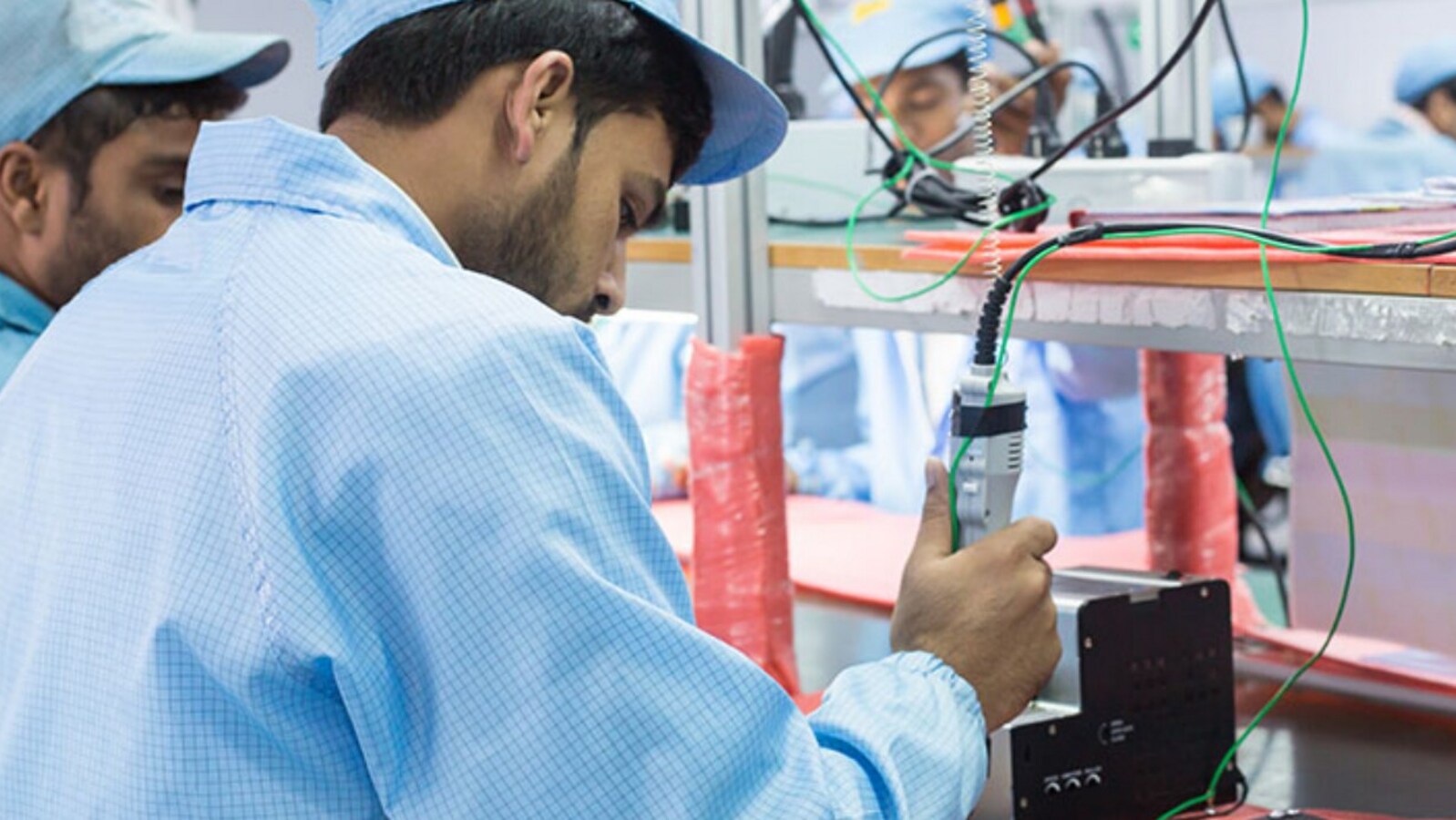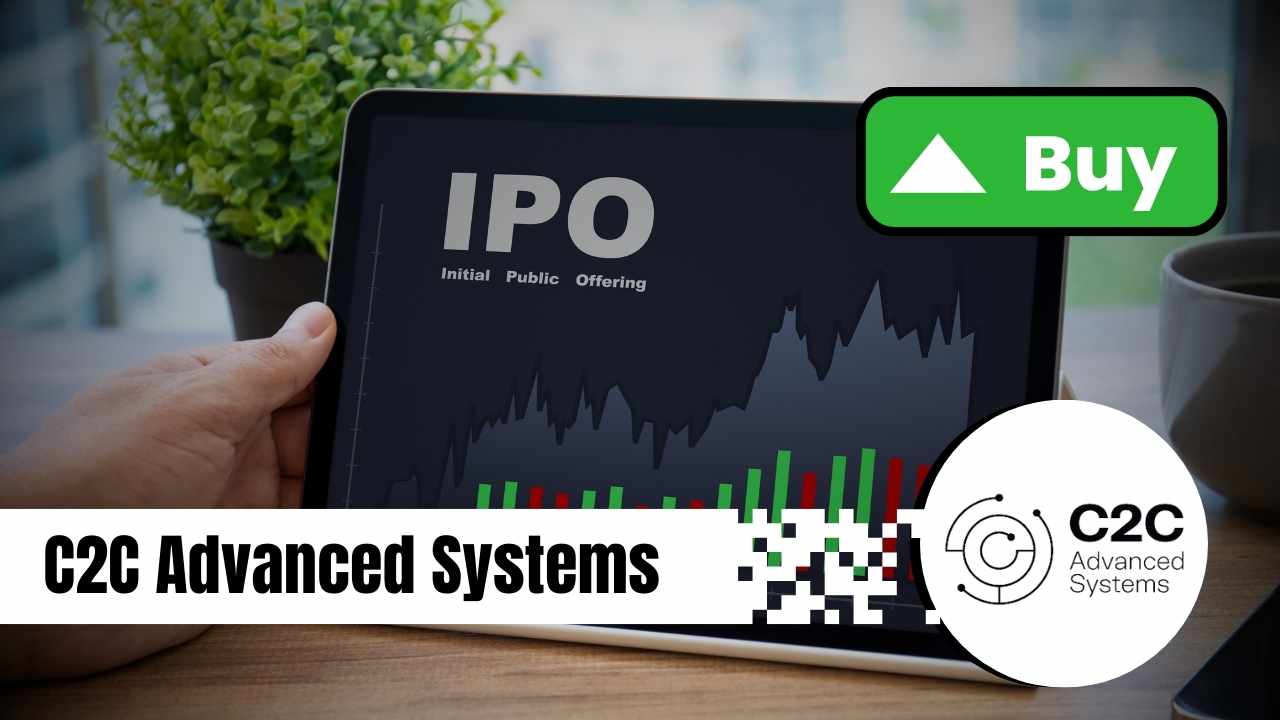In the world of business-to-business (B2B) electronics, there often lies untapped potential and incredible growth stories. One such story is that of Dixon Technologies, an Indian company that has become a significant player in the electronics manufacturing sector—a field not often dominated by Indian firms. With a commendable return on equity of 22%, Dixon Technologies has piqued the interest of investors since its initial public offering (IPO) in 2017, leading to substantial stock market gains.
Reflecting on the past, it’s clear that Dixon’s rise has marked a missed opportunity for many investors, including myself. Those who invested early have enjoyed an impressive compound annual growth return (CAGR) of nearly 60%. As the company nears a market capitalization of ₹1 trillion, representing a potential 20% upward trajectory from its current valuation, many are eager to understand the dynamics driving this growth and the potential challenges ahead.
Understanding India’s Electronics Manufacturing Services (EMS) Industry
Before delving deeper into Dixon Technologies’ strategies and strengths, it’s crucial to grasp the larger landscape of India’s electronics manufacturing services (EMS) industry.
Globally, the EMS market was valued at $928 billion in 2022 and is projected to grow at a steady rate of 5%, reaching $1,203 billion by 2027, according to projections from Kaynes Technology India Ltd’s draft red herring prospectus (DRHP). However, the prospects within India are even more compelling.
With a market size of ₹2 trillion (approximately $25 billion), India’s EMS sector is poised for explosive growth, estimated to hit ₹9 trillion ($110 billion) by 2028, representing a stunning CAGR of 34%. This surge is propelled by a burgeoning consumer economy and an ever-increasing demand for consumer and industrial electronics.
Government Initiatives and Global Opportunities
The Indian government’s focus on self-reliance and robust policy frameworks is reshaping the electronics landscape. Initiatives aimed at boosting domestic production have made India an attractive destination for manufacturing investments.
Despite China holding a dominant 47% share in the global EMS market, many companies are now adopting a “China + 1” strategy in light of disruptions caused by the COVID-19 pandemic. This approach seeks alternative manufacturing bases beyond China, creating substantial opportunities for India, whose global EMS market share is projected to increase from 2% to 7% by 2026.
The Factors Behind India’s Electronics Boom
Several key factors contribute to India’s growing prominence in the EMS arena:
- Cost Advantages: The labour costs in India stand significantly lower than in China. As of 2022, the average daily labour cost in India was approximately $6, compared to $11 in Vietnam and $35 in China, providing a substantial competitive edge in cost control as companies scale up.
- Minimizing Import Reliance: Approximately 30% of India’s electronic product demand is met through imports. The government has recognized the potential of the electronics sector in boosting GDP and has implemented robust incentives to elevate domestic manufacturing.
- Strong Government Support: Production-linked incentive (PLI) schemes established across 14 sectors—including electronics—are designed to attract investment and increase domestic manufacturing, steering India towards becoming a global manufacturing powerhouse.
- Strong Consumer Market: The Indian market thrives on consumer demand. With mobile phones and consumer electronics making up over 65% of the B2C segment, this high demand is supported by rising disposable incomes and evolving lifestyles.
Dixon Technologies: The Backbone of Leading Brands
Dixon Technologies operates behind the scenes, playing a crucial role in manufacturing for many well-known global brands. Its tagline, “The brand behind brands,” encapsulates its essence as a significant but often unseen contributor to the electronics industry.
Since its inception in 1994 as a colour TV manufacturer, Dixon has diversified into various sectors, including LED TVs, LED lamps, washing machines, and mobile devices, controlling substantial market shares along the way. Notably, Dixon produces 35% of India’s LED TVs, 50% of LED lamps, and 15% of mobile devices, underpinning its successful and scalable business model, evidenced by a consistent 32% annual revenue growth.
Building Trust and Reliable Partnerships
Dixon’s expansion is not just about growth; it’s about cultivating trust and loyalty among its partners. Its relationship with Samsung exemplifies its effectiveness—beginning with manufacturing washing machines, it has evolved to produce feature phones, smartphones, 60% of Samsung’s TVs, and nearly all its smartwatches and true wireless stereo (TWS) devices for the Indian market.
Execution Excellence and Business Model
Dixon’s financial metrics since its IPO indicate outstanding execution. Not only have its revenue and profit figures tripled, but it has also reinvested ₹1,300 crore to expand capabilities while remaining virtually debt-free. Its strategic high-volume, low-mix (HVLM) business model further contributes to lower overall costs, providing a pathway to sustained profitability.
The Path to ₹1 Trillion Market Capitalization
As we examine Dixon Technologies’ prospects, many wonder about its stock price trajectory. Considering the company’s robust history and HVLM business strategy similar to industry titans like Foxconn, steady growth appears feasible. Established EMS players typically operate with net margins around 2.5%, a pattern Dixon may likely follow.
The mobile phone segment, which significantly contributes to Dixon’s revenue, is expected to sustain these margins in the upcoming years. With a broader industry growth rate exceeding 30%, Dixon is positioned to potentially enhance its market share and achieve revenue growth of around 35%. Moreover, an increase in earnings before interest, taxes, depreciation, and amortization (EBITDA) and profit after tax (PAT) could reach 40%, bolstered by efficiencies in scaling new markets.
If these projections hold true, by FY30, Dixon’s PAT could potentially reach around ₹2,900 crore. Using a conservative forward price-to-earnings (PE) ratio of approximately 40x, its market valuation might rise to about ₹112,943 crore—a 36% increase from current levels.
It is essential to approach these figures with caution. The assumption of a PE of 40x considers the possibility of market maturation, which could slow growth and lead to a lower PE similar to other mature markets. Additionally, while Dixon operates in a low-margin sector, significant margin expansion remains limited amid intense competition.
Despite the impressive growth trajectory predicted for Dixon Technologies, it’s important to recognize the potential challenges. The market may have already factored in much of this anticipated growth, given the stock’s significant ascent. Thus, while Dixon Technologies represents a promising avenue for growth within India’s rapidly evolving landscape, careful navigation of strategies and adaptability will be paramount for continued success.
Note: The data and forecasts presented here are based on various reports and should be treated as assumptions rather than definitive estimates. The purpose of this article is purely educational, and it is crucial for individuals to seek personal investment advice from qualified advisors.
Disclosure: The author and their dependents do not hold any shares in Dixon Technologies or any discussed companies.











